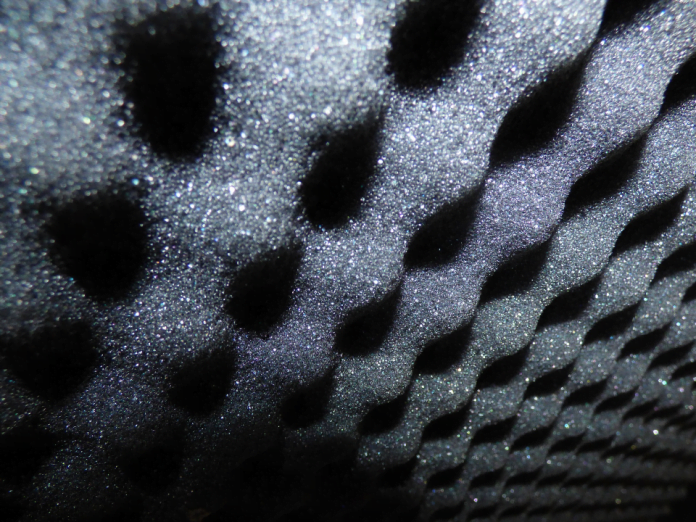Have you ever listened to an artist you really loved and wondered where they recorded? It’s possible they never leave the house to record your favorite song, album, or podcast. The key is having a great soundproof set up with noise cancellation.
Maybe you’ve tried to create your own studio at home, yet still battle outside traffic and sounds from other rooms in the house. It’s impossible to get a decent recording with so much commotion right outside the walls.
So, how can you soundproof your studio?
First, do your research. There are plenty of options for soundproofing your studio, home, garage, or part of your home you want to make soundproof. A Quiet Refuge has the product knowledge to assist you with your own private, sound-proof oasis.
However, we’re going to help you get started with some easy ways to make your at-home studio set up soundproof:
Soundproofing Options
There are quite a few ways to make an area of your home soundproof. We’re going to focus on two methods:
- Open-cell Foam
- Fiberglass Insulation
Both of these options have unique advantages. Since open-cell foam panels are the ones you probably see the most, let’s explore these first.
Open-cell Foam Panels
These panels increase air resistance so that soundwaves decrease.
What’s great about these panels is that you can purchase them in different sizes and place them strategically around the room you intent to soundproof. Additionally, these panels are easy to install so you can do it yourself or with the help of a friend.
Note that you can use these panels all over your house. It doesn’t have to be for your recording studio only. If you have a wall that needs soundproofing from your neighbors, this foam works wonders.
Thickness and Patterns
One thing to remember with any type of foam panels: the thicker the foam, the better the soundproofing. Don’t worry so much about the patterns as the thickness of the material.
Noise Reduction Rating
When shopping for foam panels, look for the Noise Reduction Rating or NRC. The higher the rating, the better the soundproofing.
Fiberglass Insulation
This is one of the best insulations you can get for noise reduction and soundproofing. It’s important to know that you can’t just do a fiberglass insulation at your home like you can sound panels. The reason is because fiberglass insulation works best when installed as construction is underway.
Sure, there are always ways around something you really want, but although you can argue that glass insulation is superior to foam insulation, the installation of foam panels outweighs the benefits.
If you’re building a new studio, talk about fiberglass insulation with your construction professional. Otherwise, sticking to foam panels is the easiest and least expensive way to soundproof your home or studio.
Other Options
Perhaps you don’t like either of the two options given above and that’s fair. You can also look into foam spray. The main difference is that foam spray is a good option during construction or renovations. Foam panels are easier and cheaper.
As far as foam panels, if you find yourself shopping around and not finding what you need, you can also make your own. With this option, educate yourself on what you’ll need before making any purchases. But if you’re the type of person who enjoys DYI projects, this would be a fun alternative.
Which Set Up is Best For You?
Soundproofing your space doesn’t seem as monumental when you have the right information. Research your preference according to budget, in no time, you’ll have a soundproof setup that truly cancels all noise around you .







